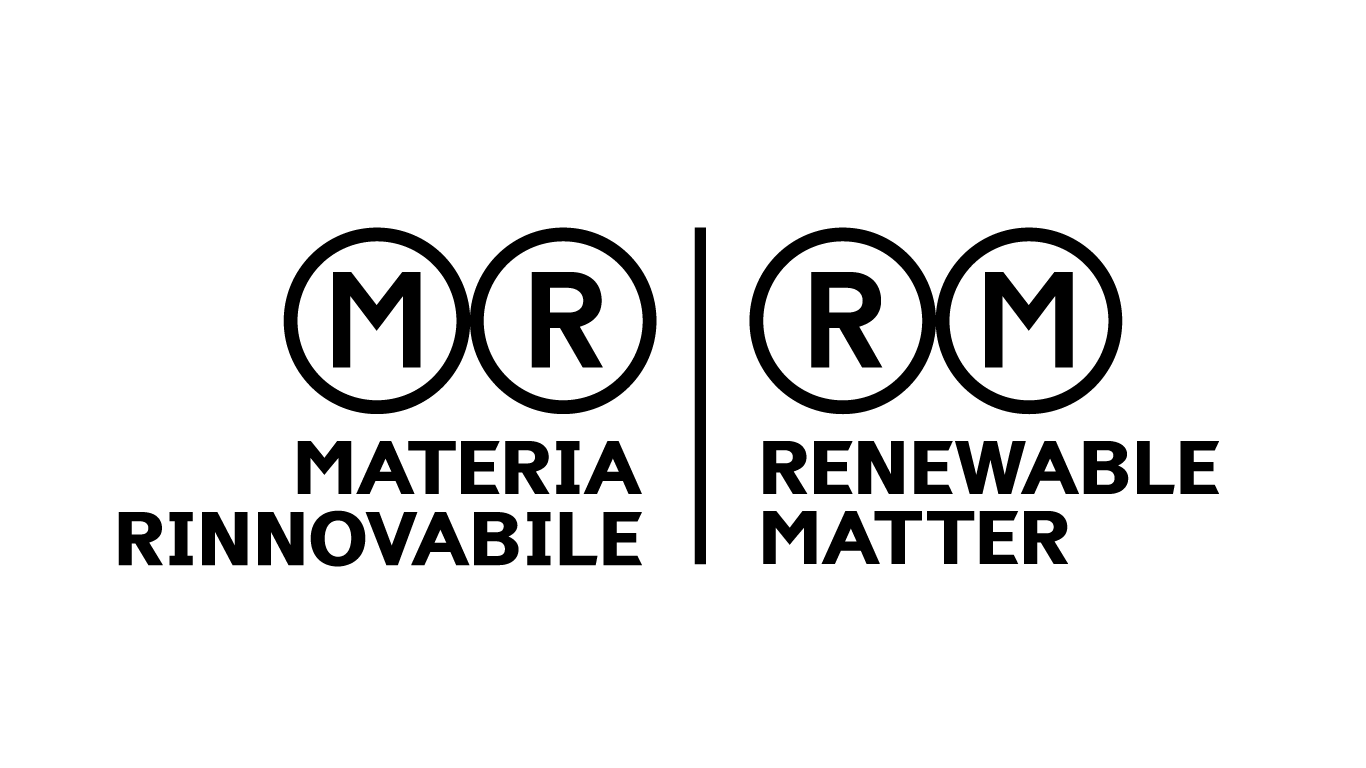This article is also available in Italian / Questo articolo è disponibile anche in italiano
‘If a company wants to be able to compete in an international market, it has to think about the S variable, which is social impact, especially when it comes to equality and diversity, or rather, workforce diversity.’
Like a botanical garden, working on social policies for a company means getting a better mix of ideas, perspectives, and different skills that can be key in the different areas where it operates . Not only that, but this way, everyone feels included and becomes more connected to the company, strengthening their sense of belonging, key to retaining talent and boosting operational results. Embracing intersectionality is a holistic process that impacts brand perception, talent recruitment, how you approach customers, forge partnerships and build your supply chain.
As a result, establishing a diverse team provides additional insight into consumer needs and issues, leading to better, more comprehensive and informed campaigns. These teams demonstrate greater resilience and the ability to identify and mitigate business risks in a diversified manner.
To understand why social policies must remain a cornerstone of a good company, Renewable Matter discussed the topic with Elena Rangoni Gargano, sustainability consultant at Terra Institute and expert on DEI (diversity, equity, inclusion). The timing is ideal for this conversation. In recent months, DEI policies have been hit hard by the US administration, and many companies have complied, eliminating DEI offices and projects dedicated to diversity and inclusion.
“However, according to Harvard research, the crusade against DEI has created a positive boomerang effect,” explains Rangoni Gargano. “Many companies – such as Netflix, Spotify, American Express and Visa – have begun to expand their DEI packages even further in response to the conservative shift. These companies have customers all over the world, with different values from those being shouted on social media by a conservative and loud minority. Statistically, there is an increasing number of companies with HR policies that require diversity in their workforce.”
The data cited by the World Bank speaks for itself: leading international companies in their sector that embrace DEI values perform better, are more competitive, more sustainable and more innovative. Within these companies, diverse management teams see a 19% increase in revenue, and employee motivation increases by 58%, as does customer engagement and brand image.
Europe can play an important role in protecting social policies in companies and distancing itself from the US vision, as there is a much more established tradition of a certain type of industry and a regulatory framework designed to resist restorationist temptations. However, in the coming months, we may see the implementation of the European Pay Transparency Directive, to be implemented by 7 June 2026, which will require companies to be transparent and report on the gender pay gap.
The gender pay gap, that is, the disparity in wages between men and women, remains a significant global problem, reflecting deep inequalities in labour markets around the world. In Italy, a 2025 INPS report highlights that women earn on average 20% less per day than men. Furthermore, the penalty for motherhood has a significant impact. In fact, it is estimated that women earn about 36% less than men after the birth of their first child. Some European countries are closing the gap at a cultural level, allowing for equal family management between both sexes and economic support to decentralise care.
“In addition to ranking and human resources, in Europe there is also compliance,” continues Rangoni Gargano. “For example, a gender equality policy is mandatory for all public procurements. For Italian companies, there is a 1% reduction in social security contributions if they apply equity policies, which must be certified with UNI/PdR 125:2022, the gender equality certification.” Gender parity is one of the most pressing issues to be addressed today.
According to the legislation, a company must meet at least 60% of the parameters defined by PdR (Reference Practice) 125 by December in order to obtain exemption within the current year. Obtaining certification is not difficult, but it requires the support of an expert to draw up certain documents and monitor the indicators required by the standard. The opportunities, however, are many. At the regional level, there are often tailored calls for proposals to incentivise companies with gender equality objectives.
“It is a form of support to help companies comply with the requirements for public calls for proposals or tenders. It is important to provide this type of certification in contracts with private individuals as well, especially for those who work with large multinational companies. I recently had a conversation with a company that is working with Terra Institute on a social sustainability programme, which initially was uncertain about whether to start. They then received a questionnaire from a very important client asking specifically what the company was doing about gender equality, and they had nothing to show for it. Being prepared and having the right consultant at your side is essential.”
Gender parity and workplace diversity must now be assumed within a company. In this case, diversity, equity, and inclusion can be supported by an international ISO such as ISO 30415. For international companies targeting an extensive and global customer base, it is essential to protect corporate diversity. For some companies, this is easy, while for others, especially those with physically demanding jobs, it is less so.
“It is important to make companies understand that equality is not just about working on gender quotas but also on the corporate climate, the redistribution of care time and education in a new language of communication,” explains Rangoni Gargano. “In companies with a predominantly male workforce, we need to work on education and safety in the workplace. There are many ways to tackle harassment: starting with the management of critical areas (changing rooms, warehouses, break rooms), working on lighting, CCTV, but above all on the impact of abuse and aligning different cultural sensibilities.”
Teaching respect and inclusion in the workplace becomes an important social lever: what is taught at work is often brought back home, leading to positive behaviour. It is often forgotten, but companies are real catalysts for change: for example, those that promote the recruitment of women in STEM fields help to reinforce career choices for younger women too.
To embark on a path towards gender equality in the workplace, it is necessary to be familiar with the six indicators of the Reference Practice: culture and strategy; governance; human resource (HR) management processes; opportunities for growth and inclusion of women in the workplace; gender pay equity; protection of parenthood and work-life balance. However, some of these indicators are more difficult than others to implement in the workplace.
“Career development is not an easy subject for everyone, for if we are talking about a very large company, it is easy to think that you start as an intern and then continue to grow. But in small companies, it is necessary to work on the professional and personal growth of the resource, on fair training paths, the enhancement of transversal skills, and balanced representation in strategic roles with salary gratification.”
ISO 30415 on Diversity & Inclusion marks a change of pace compared to UNI/PdR 125, overcoming the scope of gender equality alone and embracing the entire wealth of social biodiversity present in the company. It is a standard that encourages the cultivation of a more equitable, transparent and inclusive organisation, capable of valuing dialogue and participation among people. Diversity, in fact, is not limited to the difference between men and women, but manifests itself in age, ability, gender identity, culture, religion, socio-economic background, skills, thinking patterns, and even geographical location or working methods.
Recognising this diversity means protecting it, communicating it and transforming it into competitive advantage, reputation and collective well-being. Conversely, failing to describe one's social biodiversity can result in unintended exclusion: a talented individual may not apply for a job simply because they do not feel represented in the job description. This is where ISO's strength lies: transforming diversity into a strategic resource for a fairer, more appealing and more resilient corporate future.
Those who choose not to pursue equality often give inadequate reasons. For some companies, it means “having a woman on the board of directors. For others, there is a fear of making their decision-making practices and salary data transparent. Others are concerned about the costs of implementing social policies,” comments the Terra Institute expert. “In Italy, we still have a lot of work to do on gender bias. Even the Constitution does not have a very solid foundation for equal opportunities. If companies gave more importance to DEI initiatives, they could reduce turnover by even just a few points, but on the other hand, the economic impact of replacing an employee can cost 6–9 months of gross annual salary. It is up to companies to make a difference. But the results can be disruptive, increasing both GDP and national social indicators. If the Italian female activity rate matched the EU average, the workforce would grow by +10% (+2.4 million people) and GDP would increase by roughly the same amount in the long term (Bank of Italy estimate). Investing today in the S variable, that of social impact, means building a more solid, resilient, competitive and respected company. With UNI/PdR 125 or ISO 30415 certification, not only would the corporate climate be improved, but new economic and reputational opportunities would also be opened up.”
Cover: Elena Rangoni Gargano



